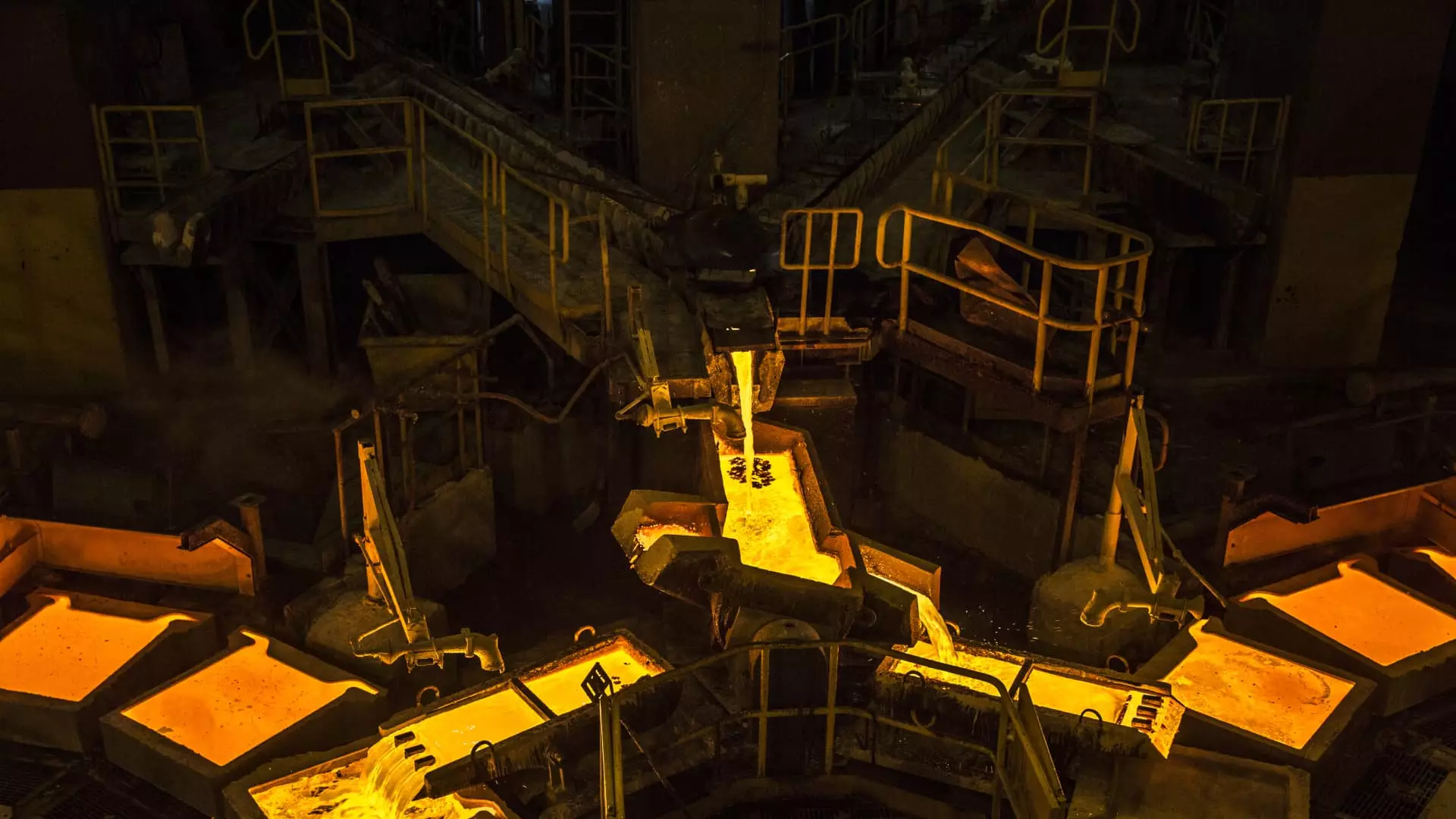After experiencing a turbulent political landscape for several years, Peru is now witnessing a shift in the sentiment of international investors, particularly regarding its sovereign bonds. With recent stabilizations in the country’s political environment, there has been a noticeable increase in foreign investments, which now account for a staggering 39% of Peru’s sovereign bond market. This figure positions Peru at the forefront when compared to other emerging markets, highlighting a growing optimism among investors concerning the fixed-income opportunities available within the nation.
To comprehend the allure of Peru’s bond market, it’s vital to consider the current economic indicators that bolster investor confidence. The country holds a respectable Baa1 credit rating from Moody’s, indicating a moderate level of stability. Despite grappling with political challenges, including calls for the resignation of President Dina Boluarte, the outlook for Peru’s fixed income seems bright. Investors are starting to perceive the nation’s economic policies as being more aligned with international financial landscapes, which doesn’t merely cater to domestic needs but also fosters an environment conducive to generating robust returns on investments.
Recent statistics reveal that Peru has a relatively low debt-to-GDP ratio, estimated at only 33%. In comparison, neighboring Brazil stands at a significant 86.7%, with Chile not far behind at 40.5%. Such indicators provide a strong foundation for both domestic and international investors, as a lower debt burden implies better fiscal health and resilience against economic fluctuations.
Furthermore, the Central Reserve Bank of Peru recently reduced interest rates to 5.25%, further encouraging investment activity. This rate is the lowest in Latin America, depicting a proactive approach towards stimulating economic growth. The steep yield curve presented by Peruvian bonds is also noteworthy. In contrast to the inverted yield curves seen in the U.S. and elsewhere, Peru’s strong yield matrix suggests ample room for return potential, particularly as global interest rates begin to decrease.
Interestingly, Peru’s ongoing political gridlock, characterized by its Congress’s inability to pass significant legislation, has ironically contributed to the country’s strong fiscal position. Some analysts propose that the political dysfunction, while presenting obvious governance challenges, has somewhat insulated Peru’s economic strategies from potentially harmful legislative measures. This unorthodox dynamic has, in turn, cultivated a more favorable environment for fixed income, providing investors with both reassurance and potential for sustainable returns.
Pramol Dhawan, head of emerging markets portfolio management at Pimco, highlights that the Peruvian central bank has successfully created a market that is increasingly attractive for international investors. With a balanced approach to monetary policy, it has reinforced Peru’s credibility as a stable economic player, independent of the turmoil at the top levels of government.
While the bond market showcases a hopeful perspective, the equity landscape in Peru appears to paint a more complex picture. The MSCI Peru Index has indeed demonstrated impressive growth, surging by nearly 25% this year alone. However, these gains are largely attributed to the commodity sector, which is inherently volatile and susceptible to external economic conditions, especially linked to global metal prices.
Given Peru’s status as a leading producer of copper, silver, and zinc, fluctuations in global commodity markets significantly influence the country’s stock performances. Although copper prices have surged this year, the dependence on commodities poses a risk to sustainable growth. The challenge lies in transitioning from a commodity-driven equity market to one that can withstand political and economic changes without over-relying on cyclical and external factors.
Dhawan also emphasizes the necessity for a stable and functional political system to nurture a robust long-term equity story in Peru. Without a fundamental political resolution, the equity market may struggle to maintain its upward momentum.
In essence, Peru presents a compelling case study for investors; its sovereign bonds reflect a confident outlook bolstered by sound fiscal policies and a low debt-to-GDP ratio. On the other hand, the equity market continues to grapple with broader cyclical risks and political instability. The recent trends indicate that while bonds may offer stability and favorable yields, the equity sector remains intricately tied to the fortunes of global commodities and internal governance issues. As investors weigh their options, the differentiation between these asset classes becomes crucial for navigating Peru’s diverse investment landscape.

